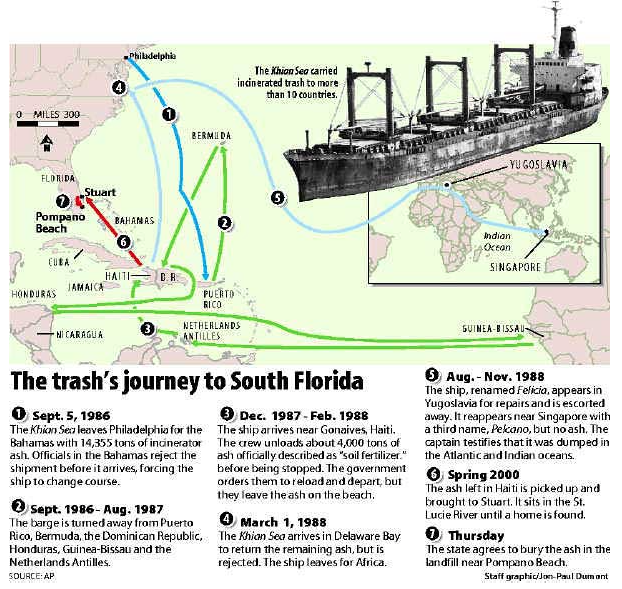Feeding the informal sector: Migrants in Guiyu
In the last post, we talked about the health impacts of working and scavenging at e-waste dumpsites in Nigeria. Since these dumpsites sound so dangerous, wouldn’t it be better to just get rid of them as a whole? Unfortunately, the problem is a lot more complicated than that. This time, let’s have a look at another similar example. Rather than the health impacts, however, let’s focus on the socio-economic intricacies related to these dumpsites.
Guiyu, located in the Chinese province of Guangdong, has one claim to fame—it’s the world’s largest e-waste dumping ground.
Worker sorts through e-waste in one of the government-managed recycling centres located in Guiyu (Sommer, 2015).
In Guiyu, migrants from neighbouring cities like Hunan and Anhui account for about 70% of e-waste workers. These migrants move to cities like Guiyu in search of jobs in the city’s e-waste sector, engaging in informal activities to make a living. Such informal work is relatively lucrative, especially compared to formal activities, which often require permits and paperwork that many of these migrants cannot provide. This has thus lead to the creation of a booming informal e-waste sector in Chinese cities like Guiyu, which makes up as much as 98% of all e-waste activities in the country (Abalansa et al., 2021).
Many of these migrant workers have little education and are of less privileged socio-economic backgrounds, putting them at risk of being exploited for the low-skill work that they engage in. They are also less likely to follow safety guidelines in order to achieve maximum efficiency and productivity, to maximise their income from their work. Reports of child labour have also plagued the city. An article on the plight of migrant workers in the e-waste sector in China describes the experience of working in Guiyu:
Li Xiu Lan traveled the breadth of China to escape destitution in Sichuan province. Here on a Guiyu sidewalk, she is pulling apart a PC carcass, earning about 17 cents an hour as she exposes herself to a witch’s brew of chemicals without gloves, goggles or other protection.
‘I don’t know yet if I like this work,’ said Li, 30, who had been on the job about one month. ‘But back home, there are no jobs. There is no money. There is nothing to do.’
Even though the health impacts of toxic e-waste sites are obvious, the nature of working in informal sectors and the socio-economic backgrounds of the workers at such sites render them especially vulnerable to risks related to working in the informal e-waste sector. Moreover, these workers tend to have no choice but to continue working under such awful conditions, due to their lack of other work options.
Eradicating the informal e-waste sector as a whole, while a tempting solution for governments, would mean that thousands of workers who rely on the sector to make a living would suddenly be out of jobs. This highlights how the e-waste sector is deeply intertwined with structural inequalities and disparities in society, and requires carefully curated solutions to effectively address the problem and preserve the livelihoods of affected workers.
References
Abalansa, S., El Mahrad, B., Icely, J., & Newton, A. (2021). Electronic waste, an environmental problem exported to developing countries: The GOOD, the BAD and the UGLY. Sustainability (Basel, Switzerland), 13(9), 5302. https://doi.org/10.3390/su13095302.
China Labour Bulletin. (2015). The Plight of China’s E-Waste Workers. Retrieved 7 March 2022, from https://clb.org.hk/content/plight-chinas-e-waste-workers.
Sommer, J. (2015). The world’s largest electronic-waste dump looks like a post-apocalyptic nightmare. Insider. Retrieved 7 March 2022, from https://www.businessinsider.com/photos-of-chinas-electronic-waste-dump-town-guiyu-2015-7.




